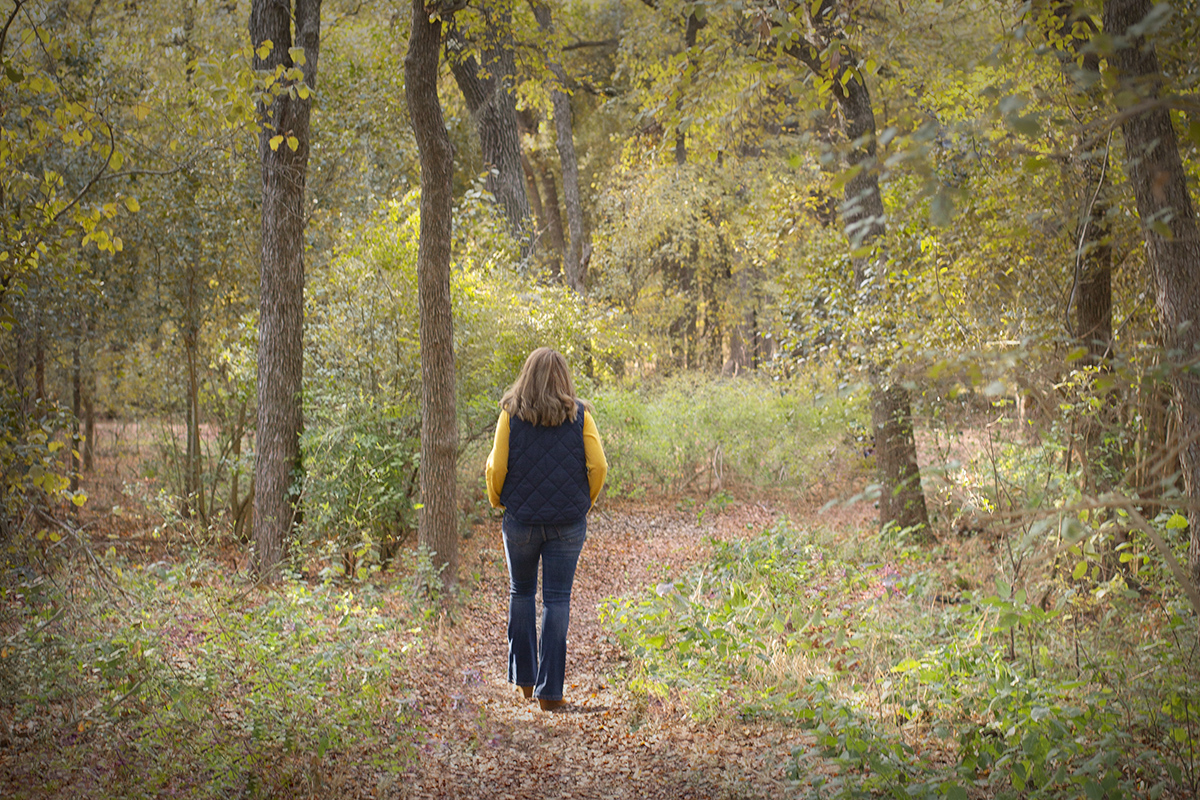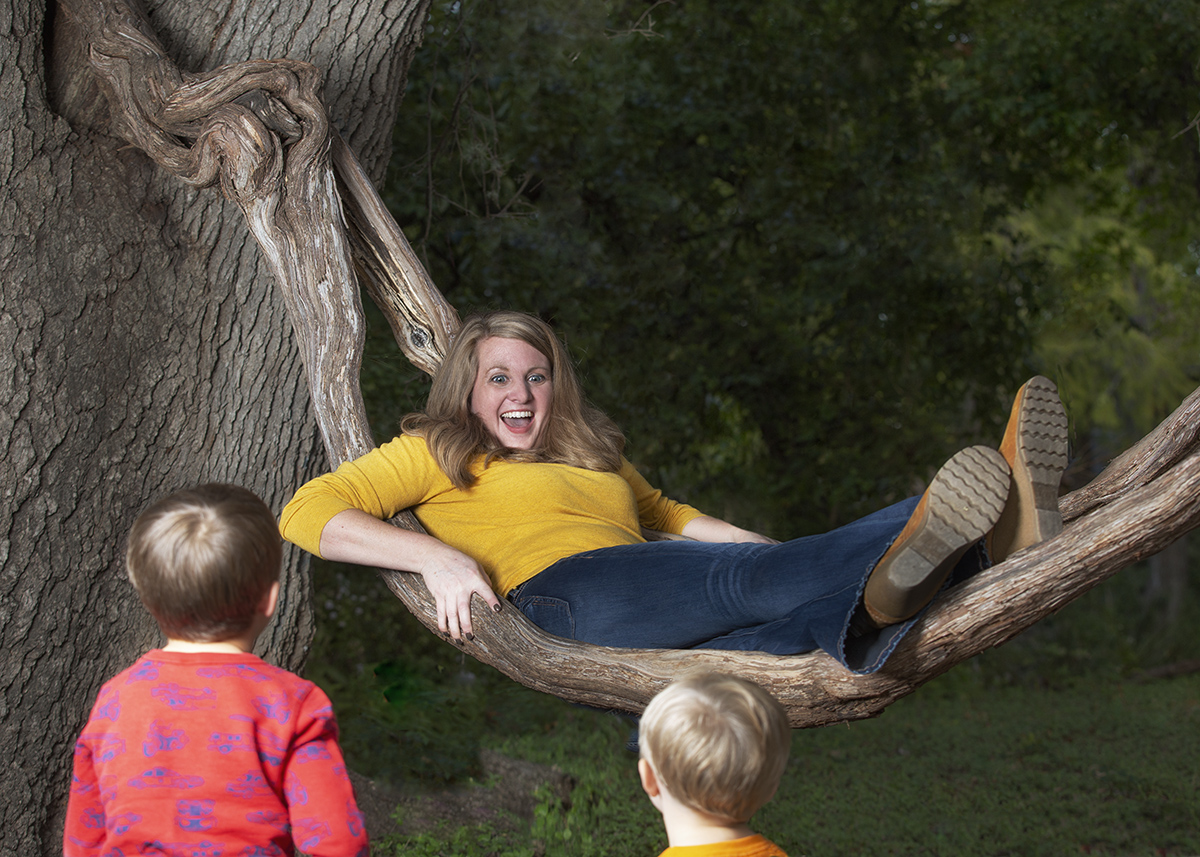I get it.
Right now you feel exhausted and anxious and like you are spinning your wheels.
Guess what? It doesn’t have to be this way.
What if you could have confidence and calm while building healthy kids?
I can help you make it happen.
Right now you feel exhausted and anxious and like you are spinning your wheels.
Guess what? It doesn’t have to be this way.
What if you could have confidence and calm while building healthy kids?
I can help you make it happen.
– Move from unsure to confident to let kid’s play
– Build Confidence that playing outdoors is best for kids
– Build play spaces that are more than ADA, they are Inclusive
– Incorporate best practices of nature-based play and outdoor classrooms


(and the ones I get asked alot)
Research has shown that kids that have 60 minutes of recess in their school day have better academic performance. Further, the American Academy of Pediatrics recommends 60 minutes of play per day for basic health and development. With evidence like this, and much more, we can not afford to not increase their playtime.
Schools, like Liink project, who have increased their school recess time have found that although teachers had fear (at the beginning of the year) of how to fit the recess time in, in the application, they found kids were more focused and more ready to learn following recess, making more time for academics.
Nature Based Play is unstructured (or free) play that is led by the child outdoors. While nature based play does have a component of risk play there is not a higher injury rate. In fact, it is lower because children are learning to assess risk, their capabilities and problem solve effectively to keep themselves safe.
ADA requirements are the rules a school has to abide when creating their spaces, i.e. is the door wide enough for a wheelchair to fit through, is their ramp access, etc. Inclusive play means that kids with and without disability can freely play together. For example, my playground might have mulch to the correct depth and a ramp onto the playground, but if I don’t have balance to walk across mulch then I am not able to access the playground when my other friends run into that area. Inclusive play would include space and accommodations that all kids could access all areas.
The concept of the Outdoor Classroom is built upon the premise that children are complex beings that are learning everywhere and all the time. Outdoor Classrooms offer activities that are personally meaningful to the child, and fully embrace developmentally appropriate practices. The premise that what is taught indoors can be taught outdoors while increasing physical activity and connection with the natural world, hence, caring for the whole child.
You can sport your own Rev Up Loot and a portion of the proceeds will go to supporting more play in title one schools/communities